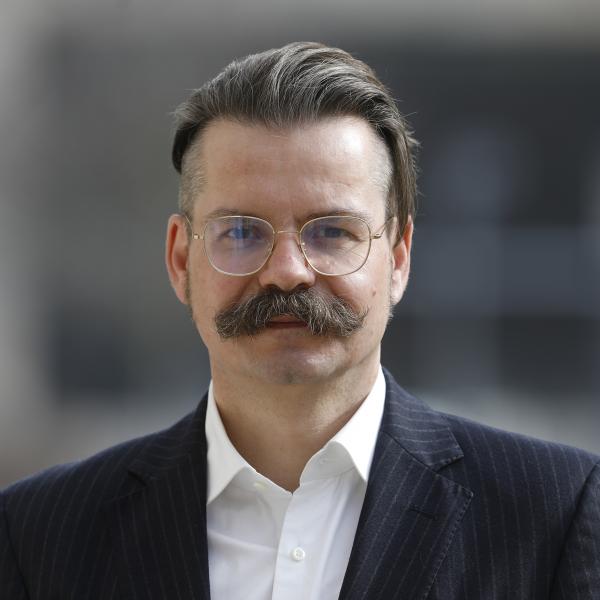The Blurring Lines between Private and Public Ownership
Abstract
As companies choose to stay private longer, they increasingly resemble their public counterparts. Along multiple dimensions, the shift from private to public status resembles a gradual transition rather than a regime shift. First, there is growing overlap between the sources of capital employed by private and public firms. Second, corporate governance structures such as the Board of Directors evolve over the years both preceding and following the IPO. As private firms become larger with more disperse ownership, their governance demands more closely resemble those of public firms; post-IPO dynamics are consistent with governance demands continuing to evolve over the firm’s life cycle. Third, while going public has been characterized as a means to obtain an acquisition currency, firms are increasingly growing via acquisition prior to the IPO. Macro-level changes reward economies of scale and scope, and the increased availability of capital to private firms facilitates acquisitions as a means to obtain rapid growth.










